Iceland is a nature lover’s paradise. Same goes for a landscape photographer. The nature in Iceland is just out of this world. It’s just remarkable how diverse the topography is, for a relatively small island. It’s also a great location if you want to get away from people. You could be driving for hours without meeting a single car. In this post I want to talk about some of the experience and some of the practicalities of travelling in Iceland.
Pre-travel planning
I might be a bit crazy about planning trips, but this was my first trip to Iceland and I had planned this trip at least a year in advance to meticulous detail. I had booked flights, booked rental car and accommodation. I mapped out all interesting locations to visit, routes, fuel stations and fuel prices (See map below). I planned for about 2 weeks allowing some flexibility depending on best flight dates. I picked June as the weather should be ideal and most roads, attractions, restaurants, museums, and ferry routes are open. Also, you get to see the midnight sun. Flights, car and accommodation is obvious to book in advance as you can get the best deal. I bought flight tickets from IcelandAir as there were not many options to start with the price didn’t vary much. I had explored numerous car rental options. Ultimately, I rented an SUV (Toyota RAV4) from IceRental4x4. I was happy with the rental company, as they had a wide range of SUVs to choose from, relatively good prices and they pick you up directly from the airport. The car was small enough to be fuel efficient and large enough for luggage and two persons to sleep. I planned 3 nights of stay in hotels from booking.com. If you are camping in a car or tent, it is a good idea to book a proper hotel at least a couple of times in the trip to organise and refresh yourself.
Route
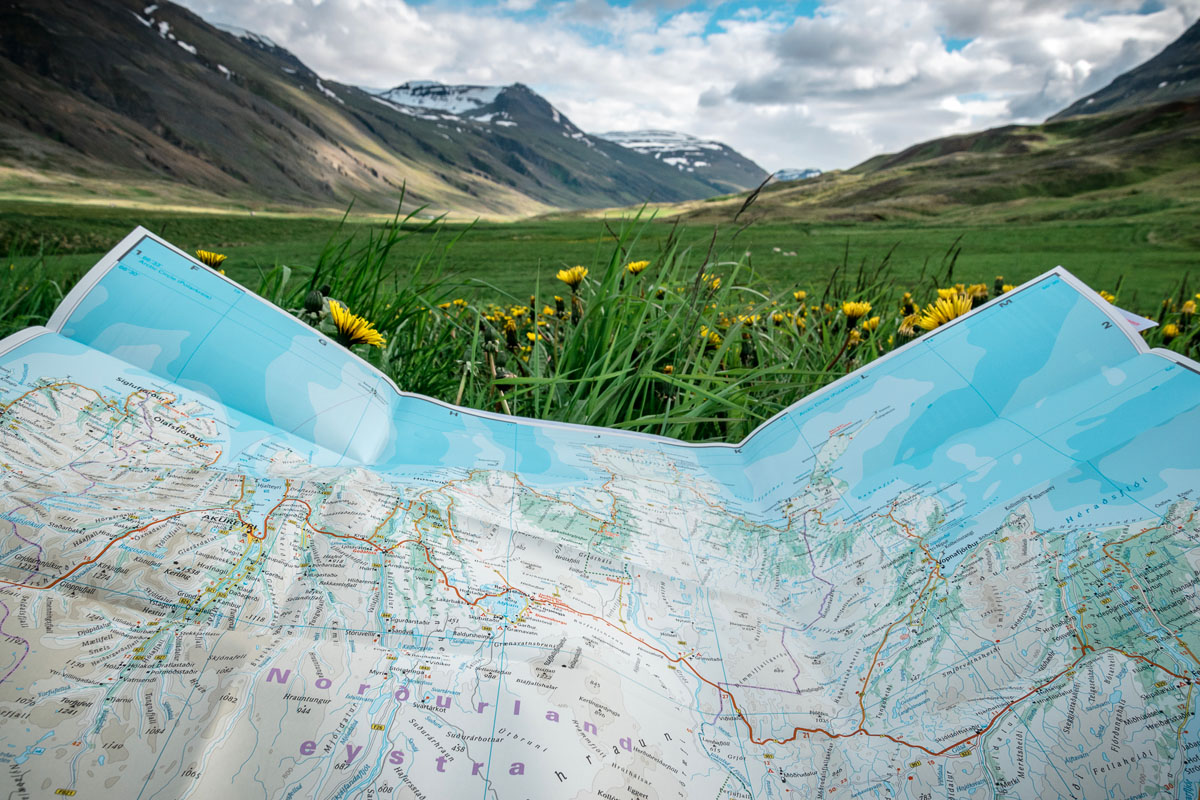
I usually research about the destination and pick the spots I want to visit. This could be landscapes, museums, hotels, camping grounds, sight-seeing etc. I then plan the best route that connects these points. I then decide on how much distance can be covered each day leaving enough time for exploration. In Iceland, one would usually start from Reykjavik, go around on the ring road and return back. I decided to go anti-clockwise on the ring road for no particular reason. I haven’t come across any good arguments for whether you should go clockwise or anti-clockwise.
Below is a Google MyMaps map with lots of information that I have collected over time.
The map contains interesting locations that include landscapes (cliffs and mountains), beaches, waterfalls, bird-watching spots, hot pools, camping locations, fuel stations and sights in Reykjavik. This is by no means a complete list. Locations such as landscapes, sights and wildlife was manually collected from various Iceland guides. The fuel stations were obtained from Gasvaktin, camp sites from camping.info and hot pools from hotpoticeland. Our route is indicated in blue. The hotels I stayed in are also marked. Some of the items have not been grouped into layers due to layer limit.
Weather and clothing
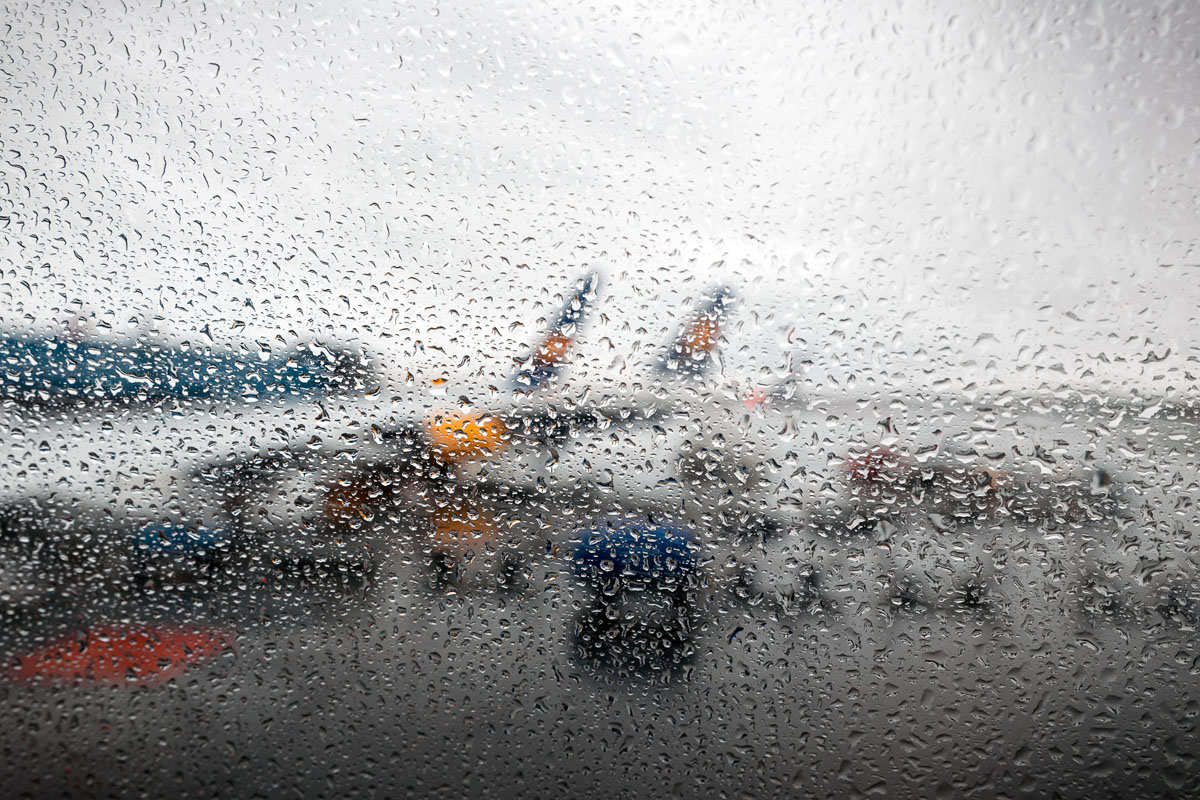
The weather can be unpredictable and can change at a moment’s notice even in the middle of summer. Rain can be heavy and relentless. I had rain for 2 days continuous without a break. Even water resistant clothing is pretty useless in such rain. Now combine that with harsh wind and it can be frustrating even to open the car doors to look for something or set-up tent for camping etc. So I had to buy water-proof ponchos. These are not breathable but they cover your whole body and can even protect your camera equipment. It is also a good idea to bring an extra pair of shoes, socks, jacket and trousers so you have something to fall back on. Most of the coastal regions are extremely windy. Although the temperature is pleasant, the strong winds can make it uncomfortable and chilly. Some windproof jacket and headgear can be quite helpful. Also, extreme wind can damage the doors of vehicles and is not covered by the insurance. Parking against the wind direction can help. It is also a good idea to take a camera cleaning kit due to the weather. Generally speaking, it is best to plan well and take everything you need with you as it can be pretty expensive to buy stuff.
Midnight sun
You are probably aware of the phenomenon called midnight sun, where, in polar latitudes, the sun doesn’t completely set and you end up with bright nights. This can be a pain if you trying to sleep in a car or a room with no blinds. So an eye-mask is a good thing to have. Midnight sun also has many positive aspects to it. No straining night driving. You are not limited to exploring during the day time hours. Light is available even through the night, so you could be visiting locations such as waterfalls with minimal tourists around. If you have clear skies, you get really long extended sunrise and sunsets. This is great if you are a photographer chasing the narrow elusive golden hour. But note that working hours or opening hours still apply. No one is going to sell you tickets or groceries in the middle of the night.
Camping and food

Camping is an excellent option in Iceland. Camp sites are frequent and most of them are pretty decent. Camping is only allowed at designated campsites. Camping is not allowed at parking lots, rest stops, within city limits etc. Campsites usually have access to showers and toilets and some even a kitchen and wifi. You can buy a small gas canister at an outdoor store, which is good for preparing hot meals and can last you two weeks or so if used carefully. I always bought some groceries (water, milk, eggs, bread etc) and stored them in the car. Get a cool bag or an electronic cool box for perishables. Buying groceries at Bonus stores is the cheapest. Camping + buying groceries is significantly cheaper than staying at hotels/hostel and eating out. Having said that, you should probably try out some of the local cuisine while you are there, especially the seafood.. nom nom.
Is a SUV necessary?

I picked the Toyota RAV4 SUV for my trip after reading many guides and blogs. In retrospect, I am wondering if it was necessary. The RAV had sufficient space for two adults to sleep which was nice for camping. Other arguments in favour would be that an SUV is ideal for off-road driving and necessary for driving on F-roads. But, for a first time traveller, it is unlikely that you will even go anywhere off-road. There is plenty to see and explore just staying on the ring road and paved roads. Apart from being able to sleep inside, and storage space, a small car would have been just fine. A regular car would be cheaper on rental as well as fuel.
Hot springs
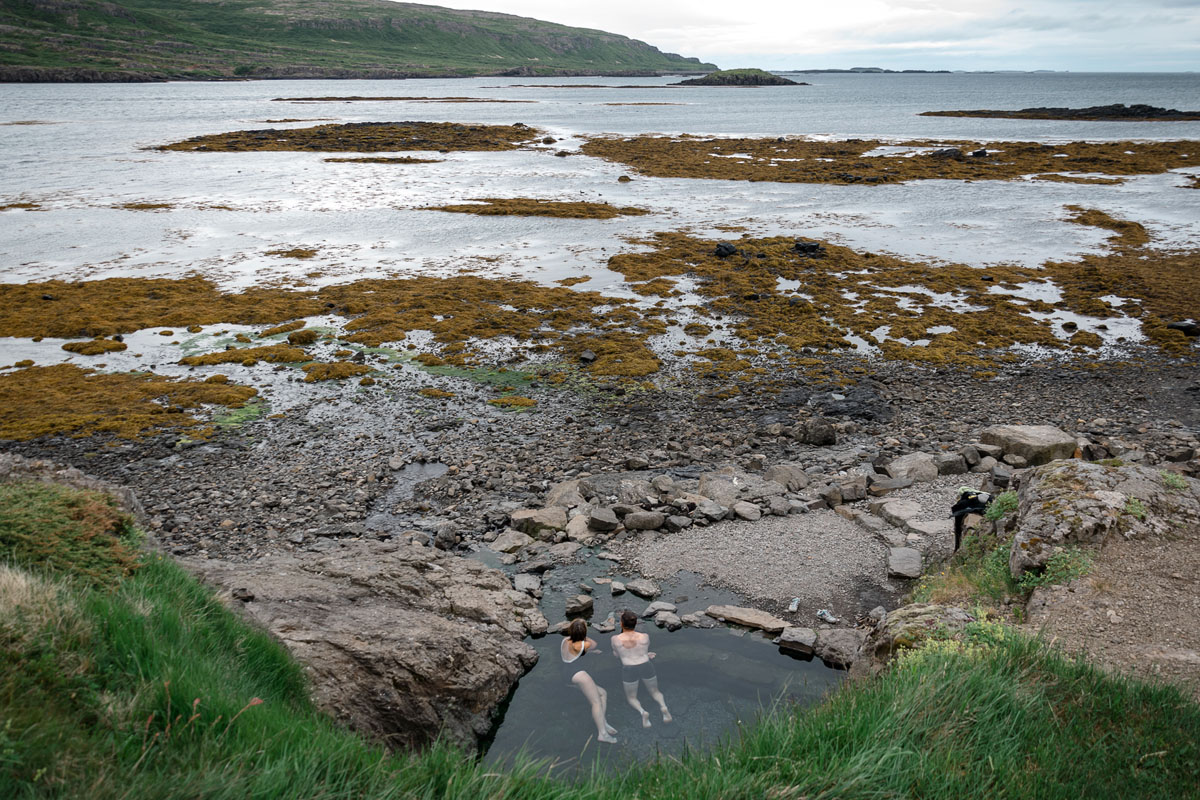
Iceland is famous for its hot springs due to its location along geothermal regions. Hot springs are supposed to be scattered across the country. The most popular and possibly the largest is the blue Lagoon at Keflavik. This is best to avoid as it is crowded and overpriced. It is best to find smaller natural isolated pools. This can be challenging to find as they can be difficult to reach or is private. I spent a some time trying to find some. I did come across a few. But they are either poorly marked on maps or is usually filled with people already. Maybe driving away from the ring road can give you access to better options.
Shopping
You are most certainly going to be buying stuff in Iceland for export. This can include souvenirs, clothing, wool, chocolates, handcrafted items etc. Remember to group purchases to at least 6000 ISK, so that you are eligible for tax-refund. If you buy items separately at a lower value, you will not be able to claim for tax-refund. And also get the completed tax refund form the seller at the time of purchase. Another point is that duty-free at Keflavik airport can be a good place to buy goods for cheap tax-free. So if you plan on buying souvenirs, clothing from Icewear, cosmetics etc, it is a good idea to do so at the airport.
Reykjavik sights
Reykjavik, the capital of Iceland is a fairly small city that you could probably cover in a day. Accomodation is expensive and streets are narrow. Vandalism here are stunning works of art. The city is quite cute and has some interesting little places to explore. The tourist centre is a good place to start. There are coffee shops, wool shops, souvenir shops and pubs everywhere. There are probably a bit too many ‘Americanised’ shops to cater to the swarms of American tourists. Americans seem to bring with them bad habits such as tipping. Tipping is not a custom anywhere in Scandinavia because waiters are paid a good fixed minimum wage and do not have to depend on petty tips. Moving on from the rant, there are some neat museums too. My personal favourite attraction was the Perlan Museum. This is probably one the most modern and innovative museums I have ever visited. Reykjavik has taken some boring water storage tanks and converted it into an attraction. The musuem covers the natural wonder of Iceland such as its geology, volanoes, geothermal systems, glaciers, ice caves and northern lights. There is even an artifically created ice cave in the musueum for guests to experience. Perlan also has a neat observation deck where you can get a good view over the city. Another one of my favourite attractions was the Whales of Iceland musuem. If you want to get a feel for the size of whales and learn about whales, this is the place to go.
I guess that’s about it. I hope this has been helpful and wish you a fantastic trip!
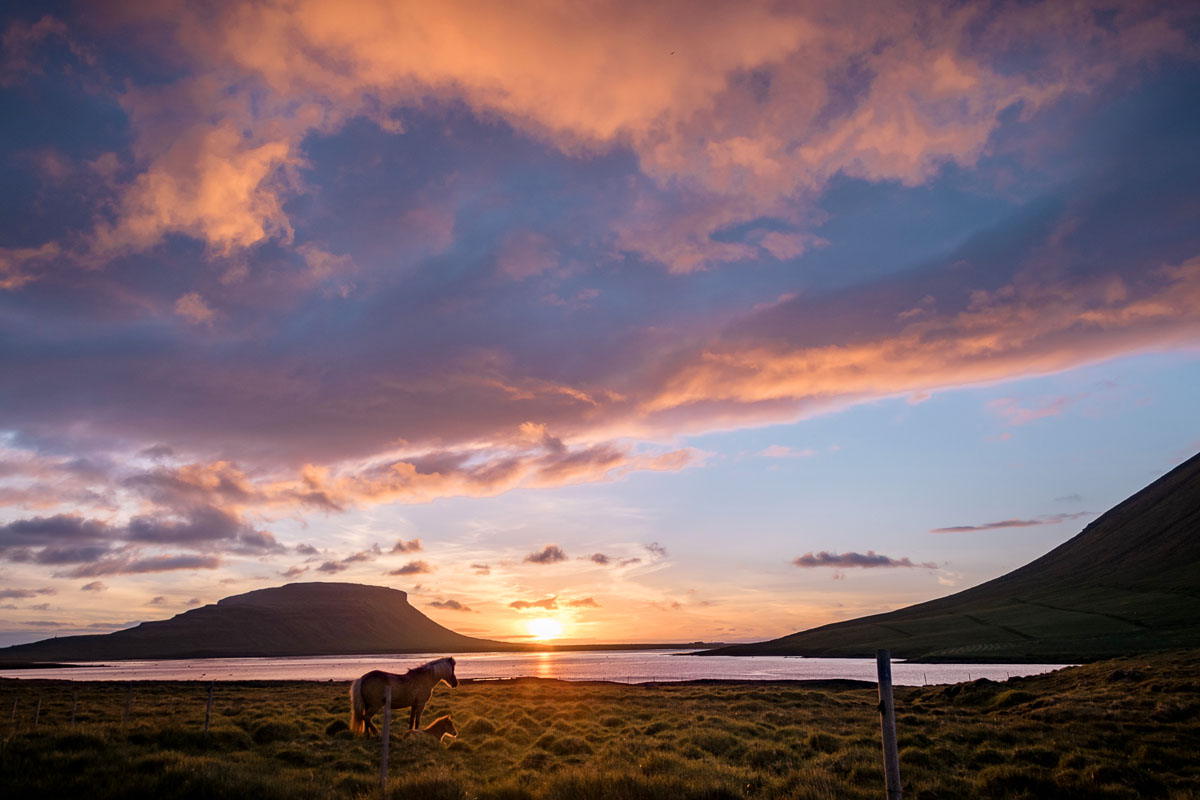

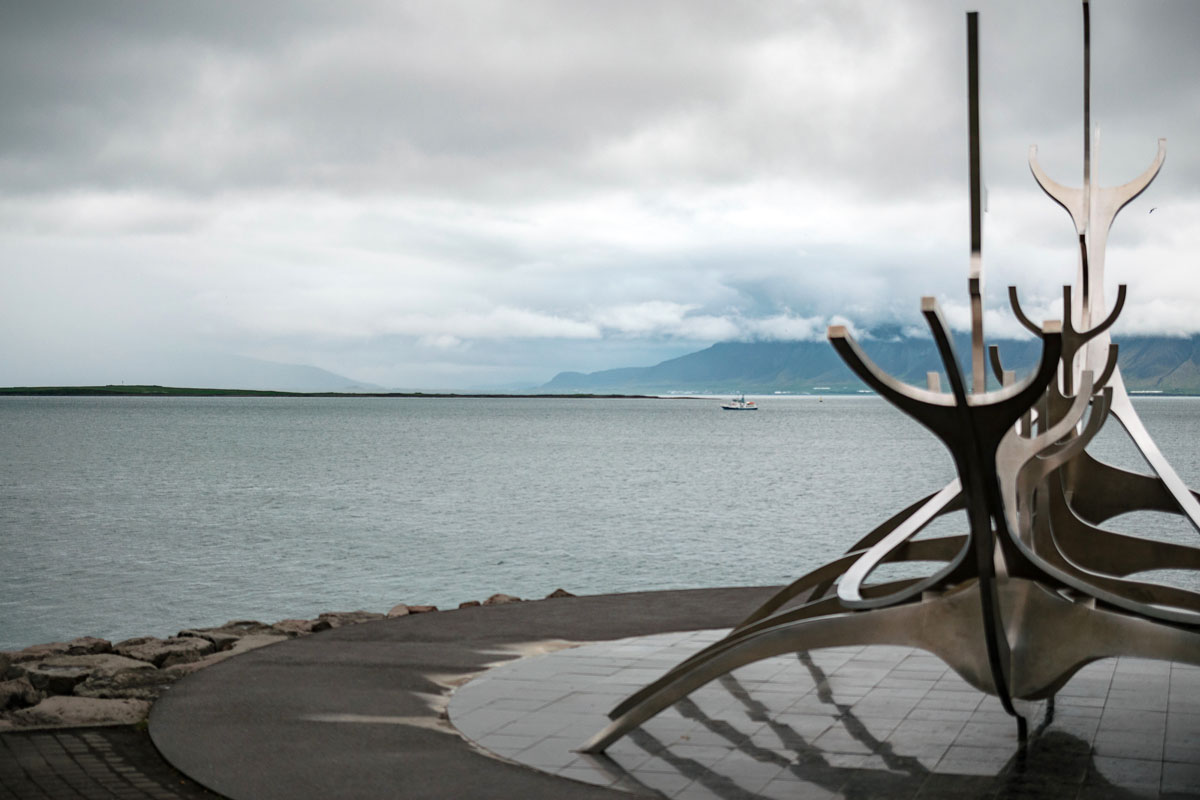
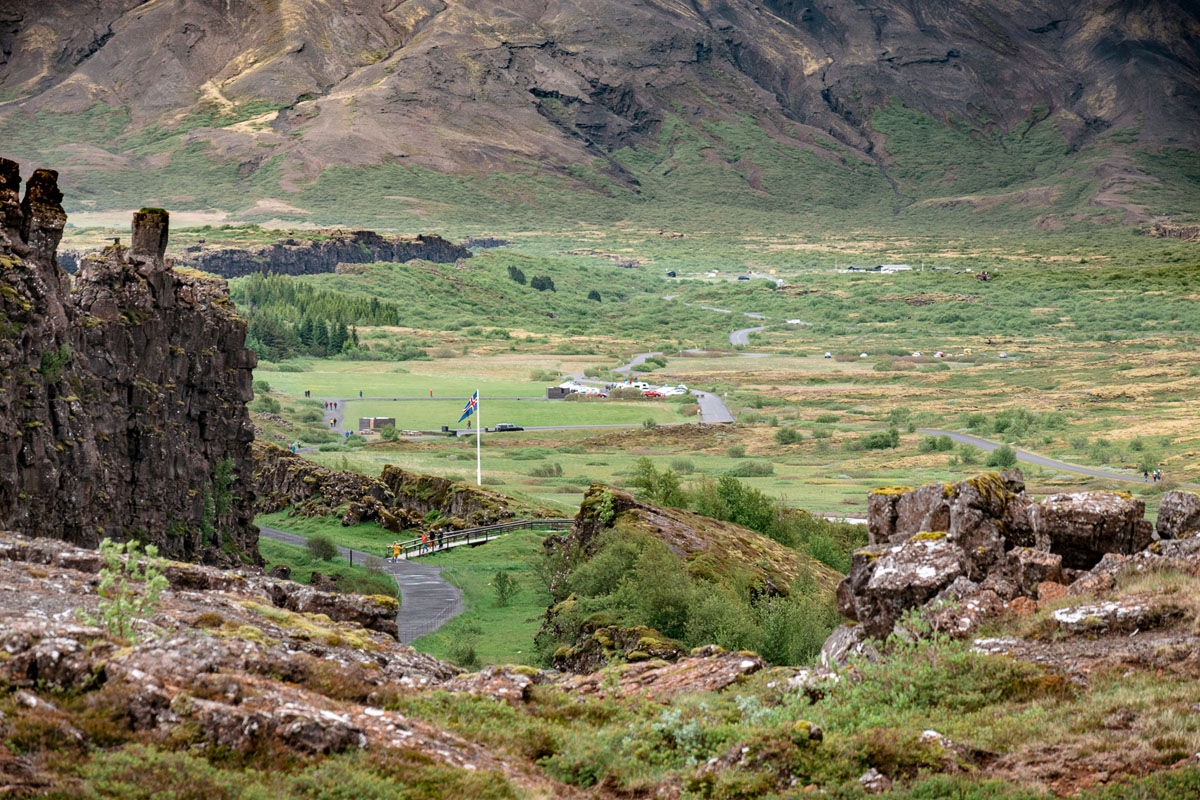
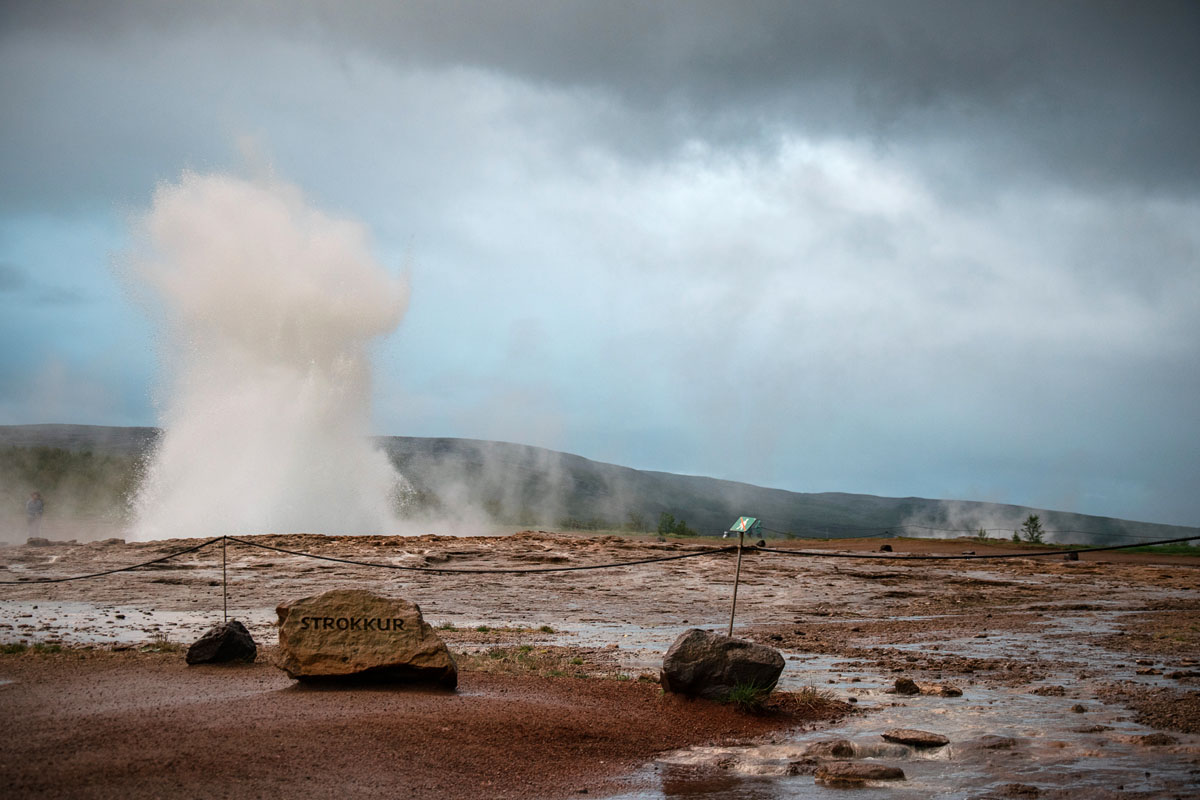
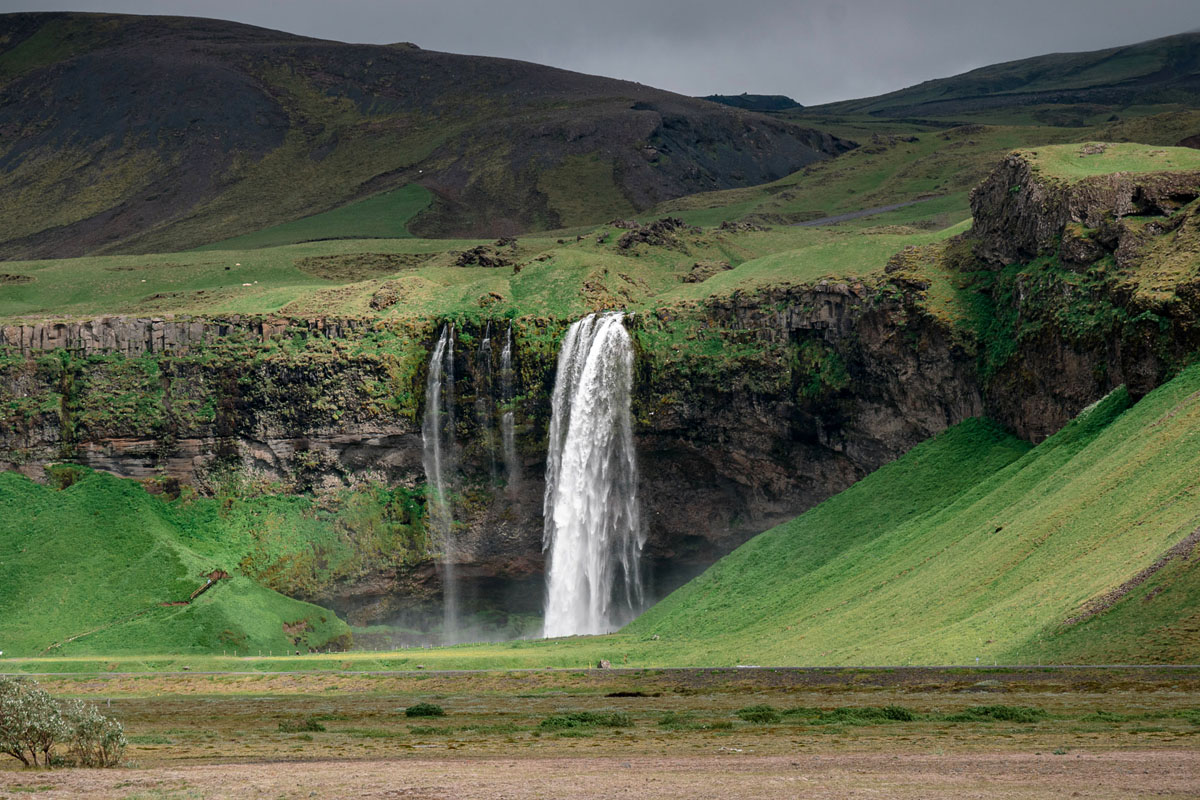
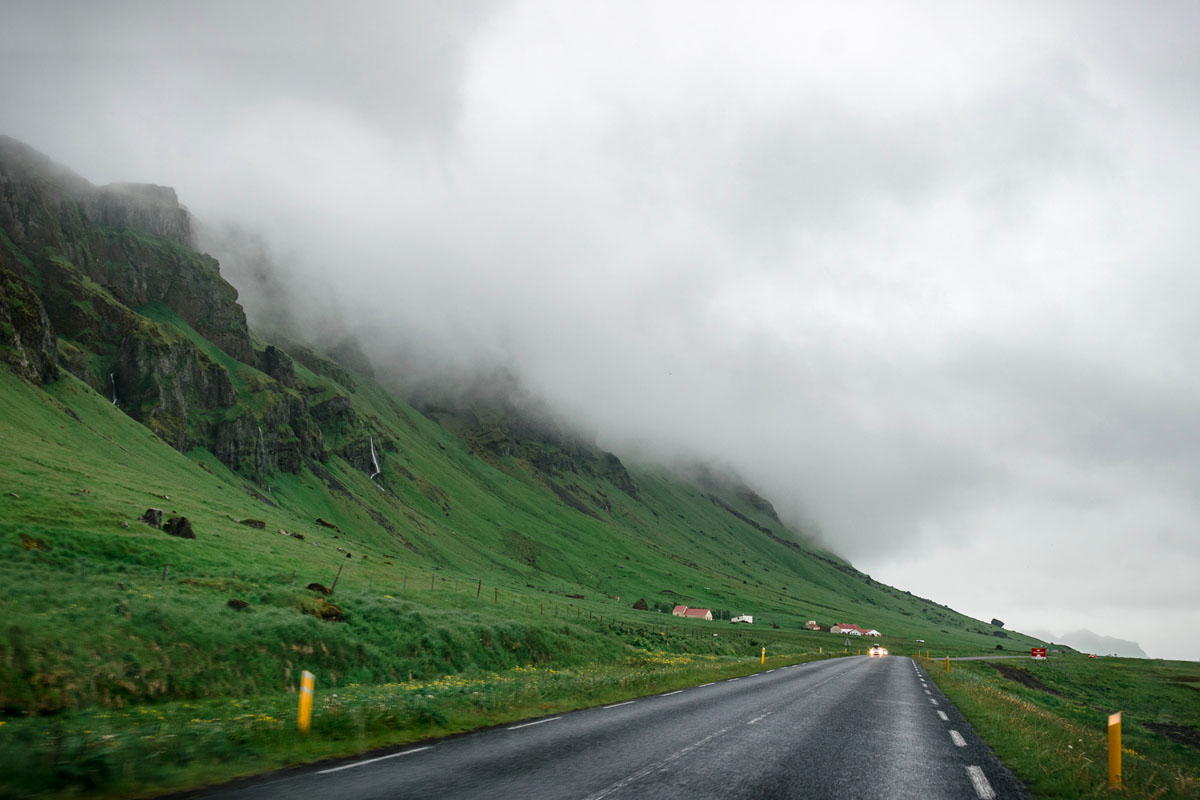
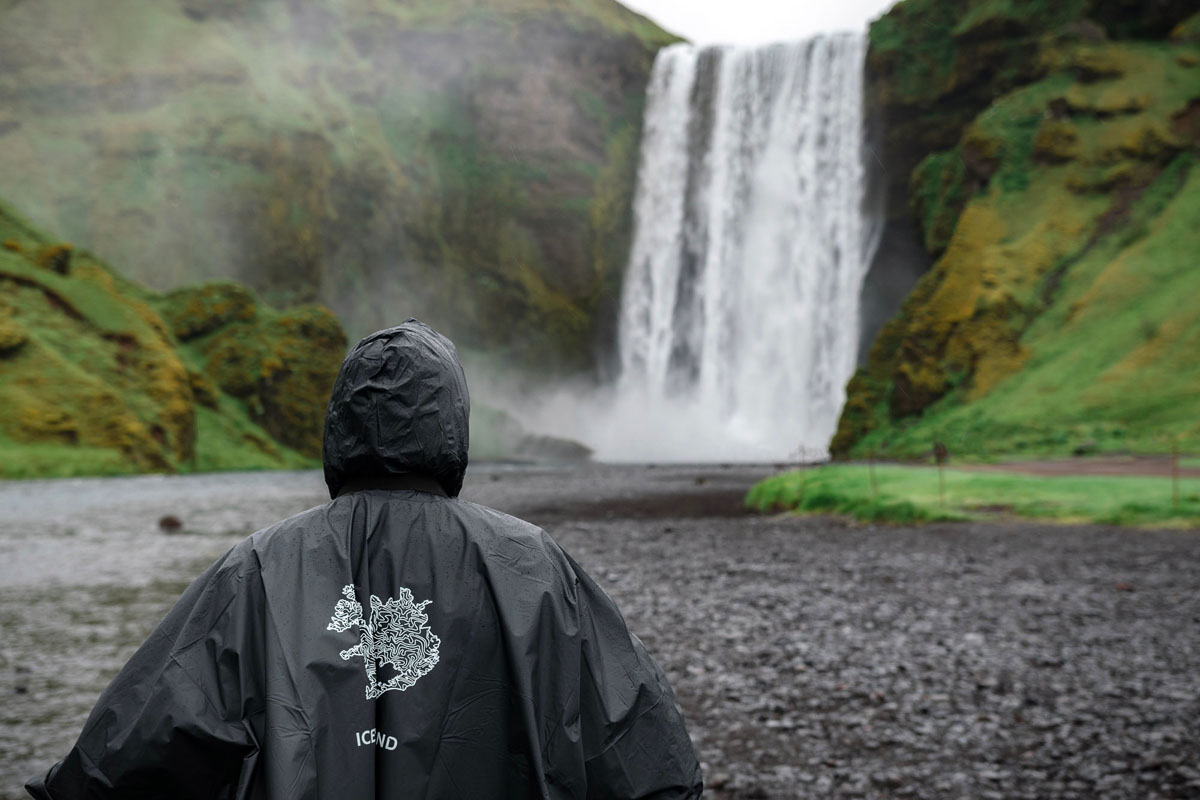
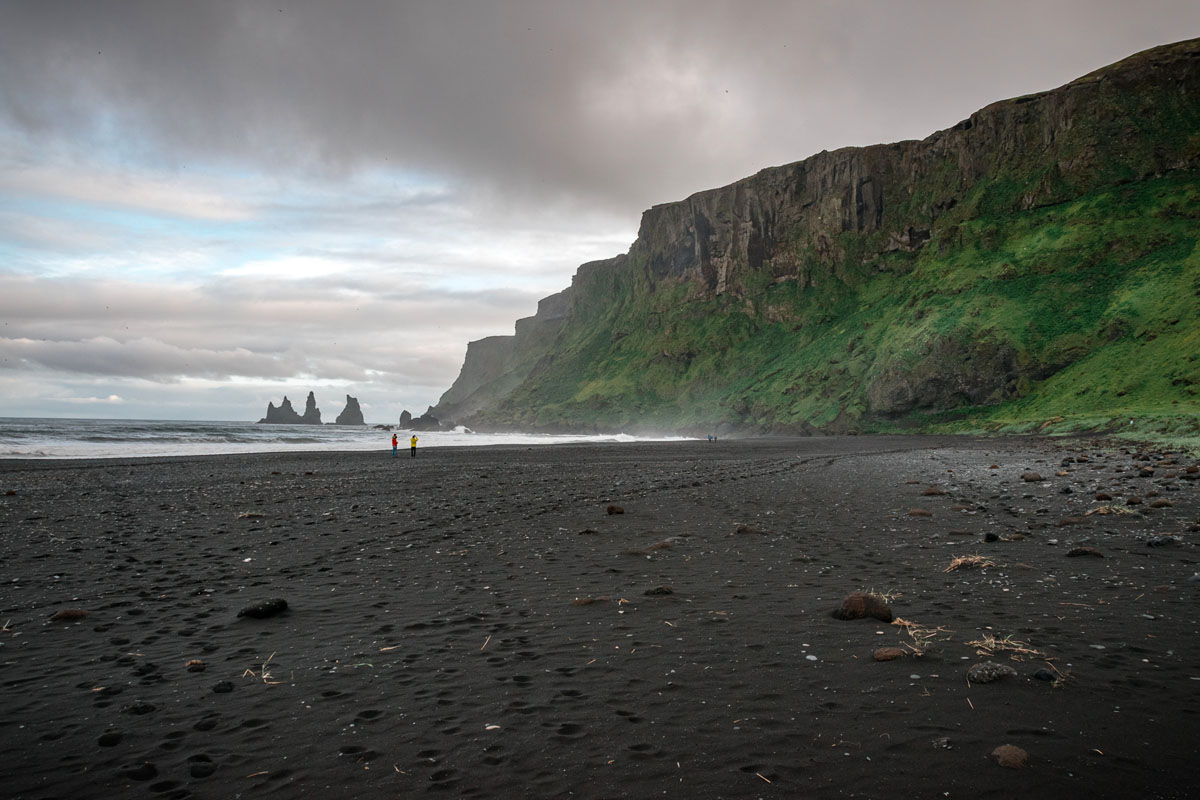

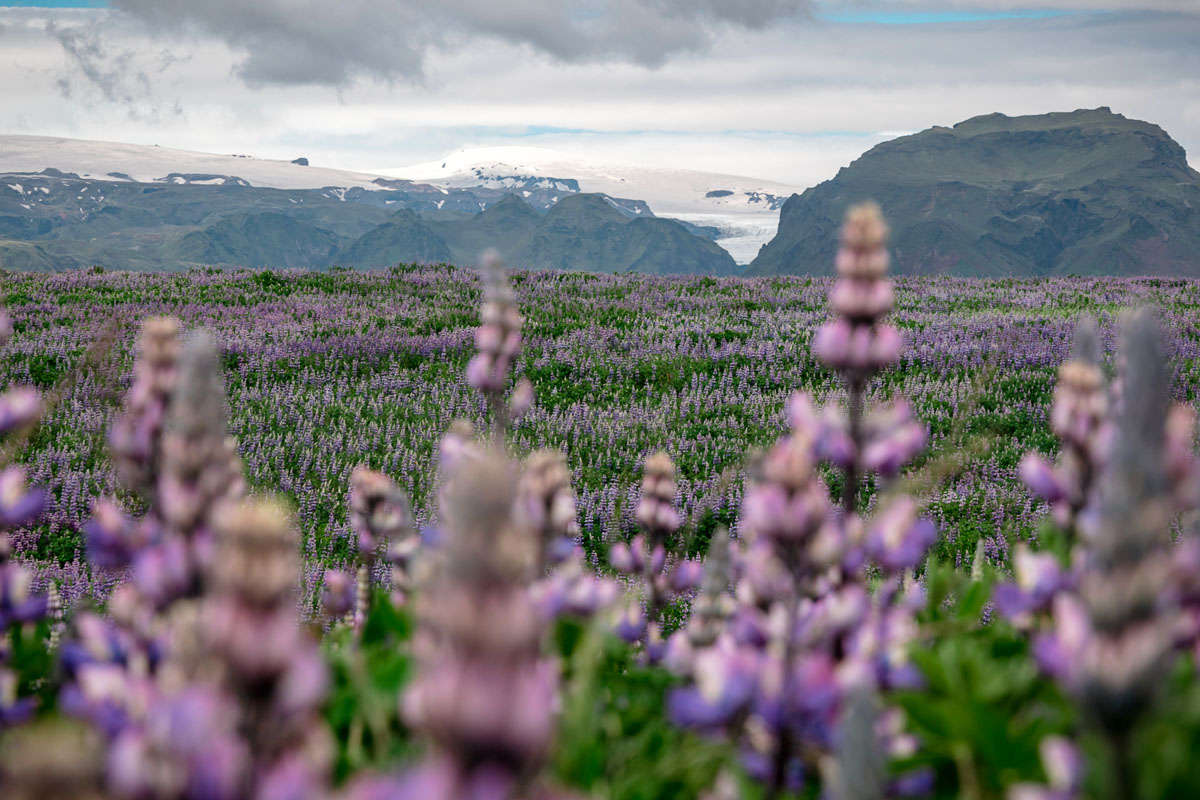
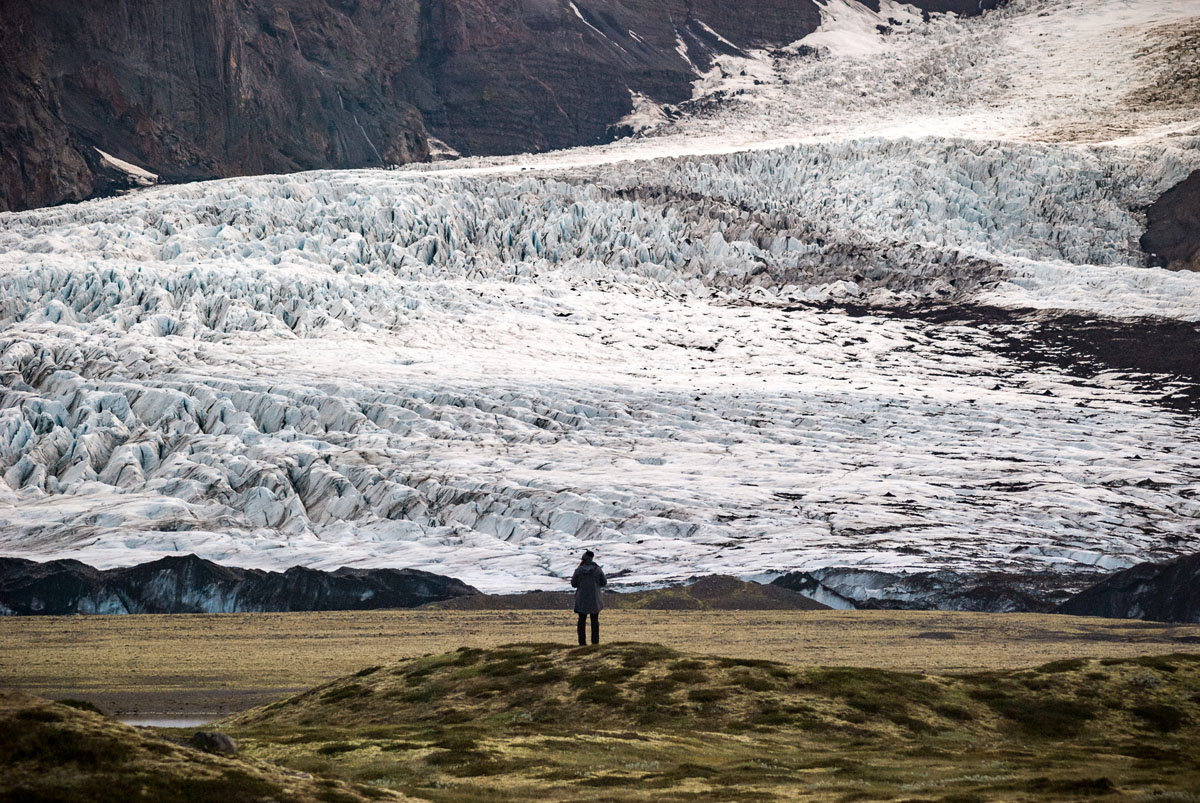
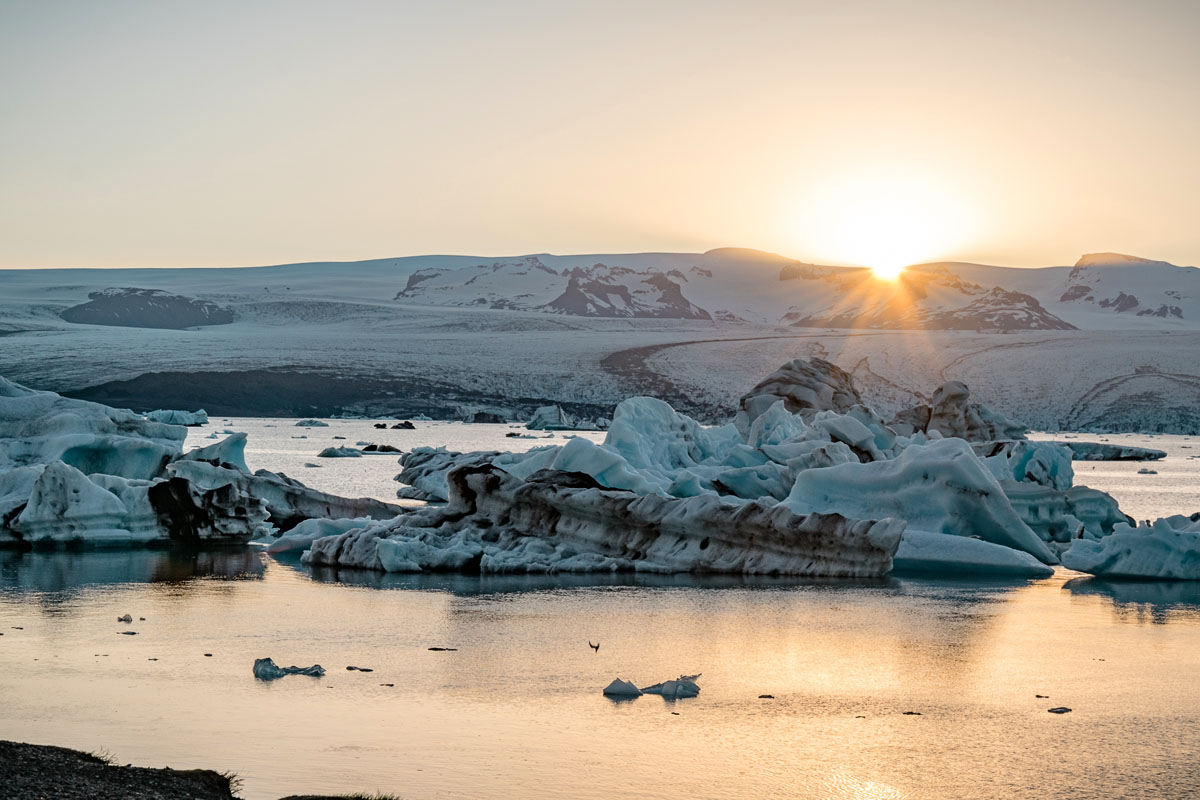
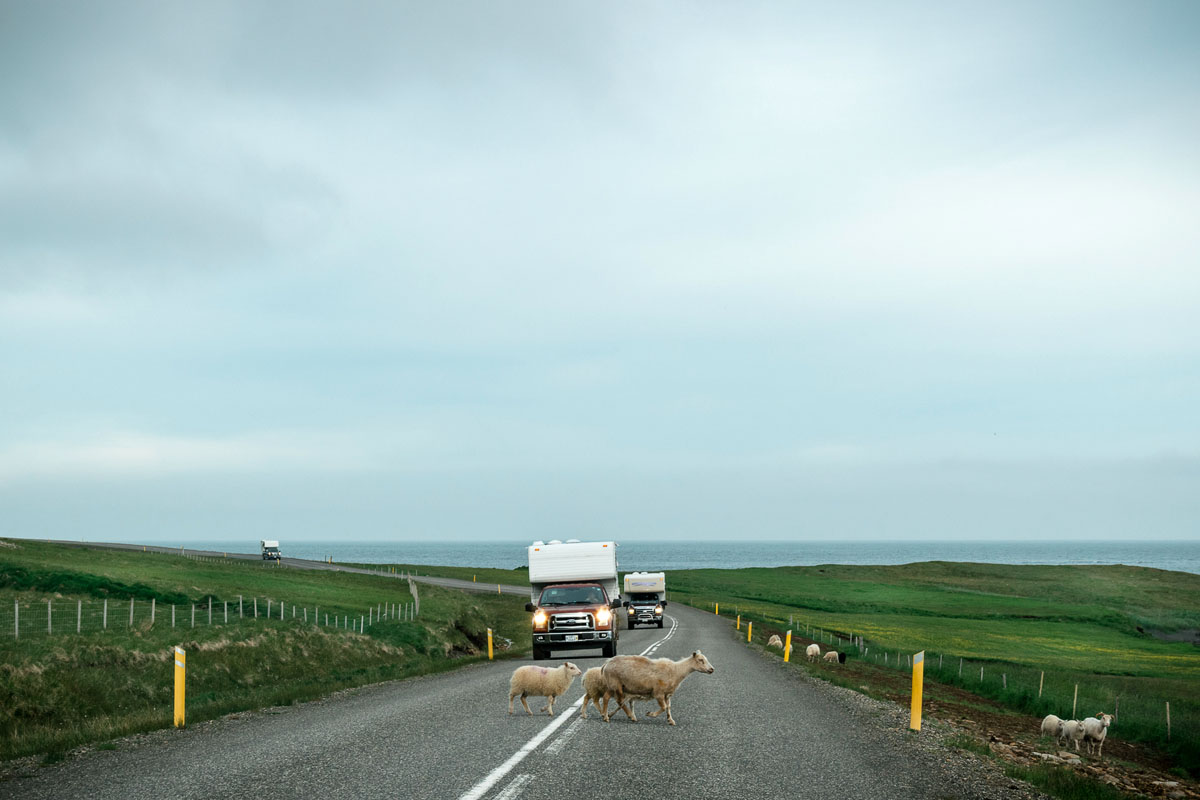

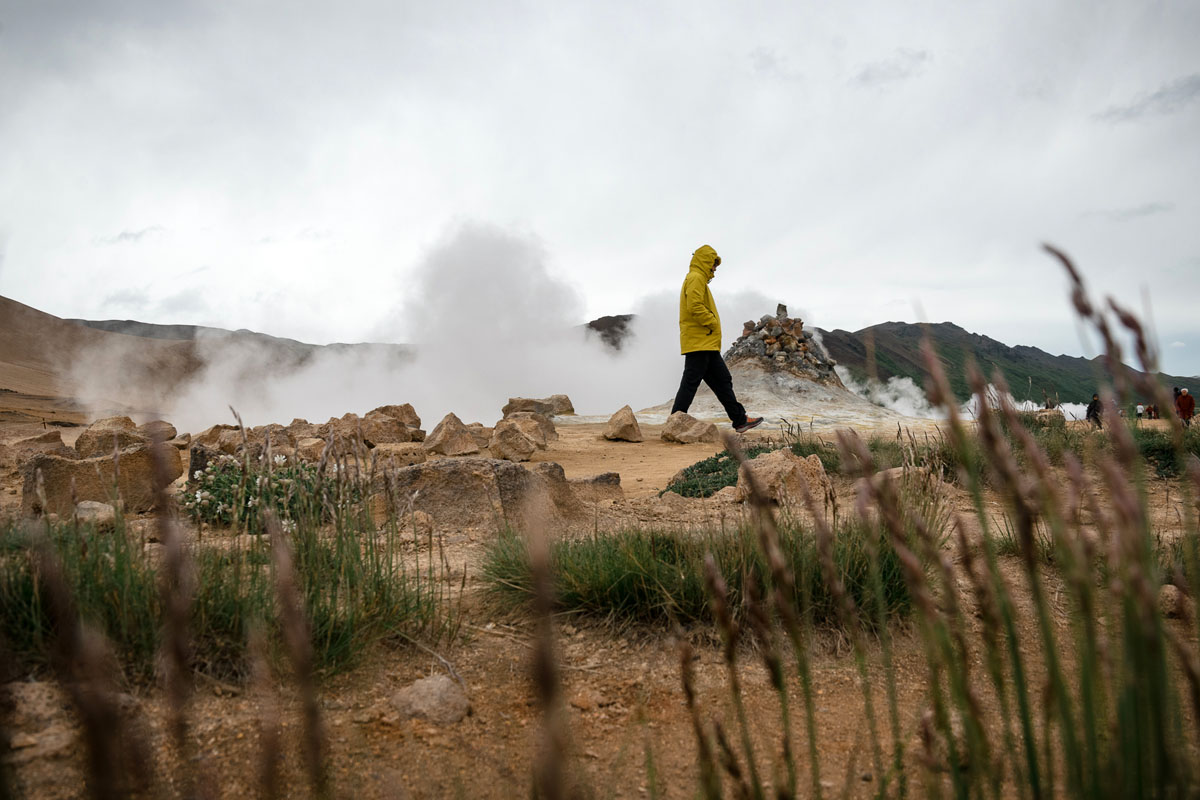
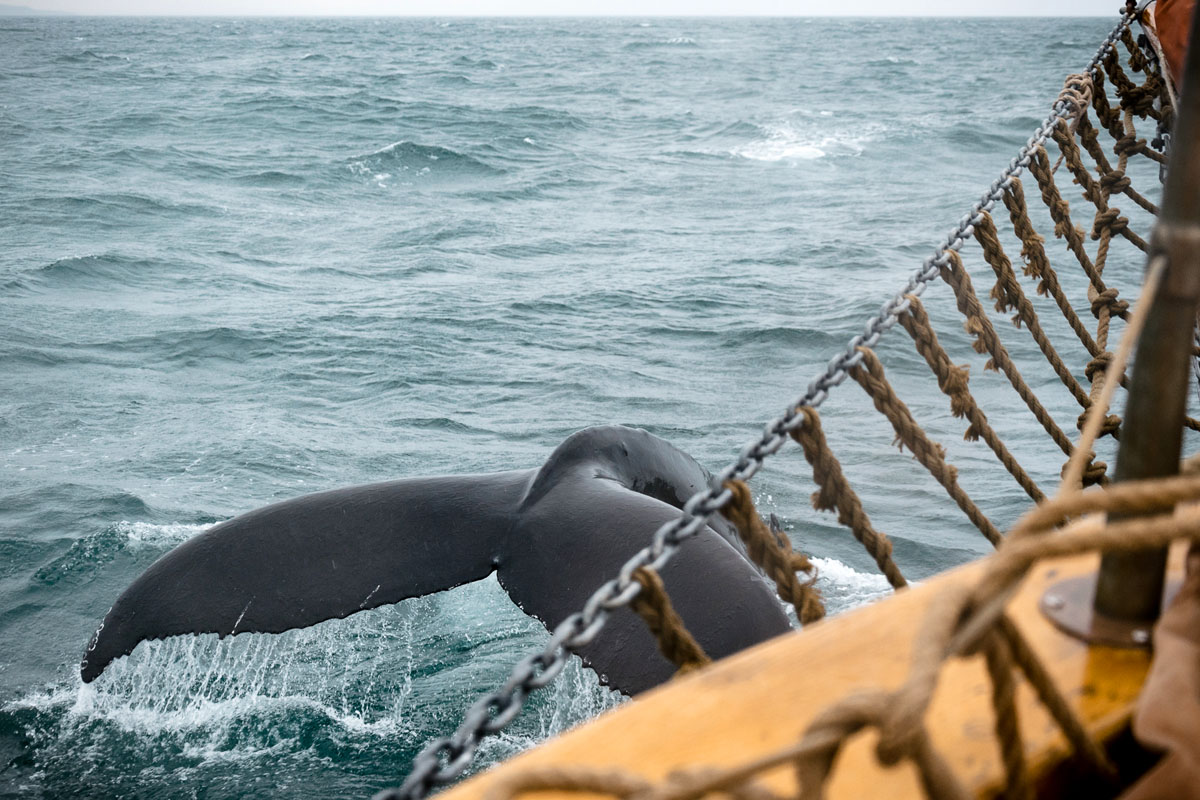
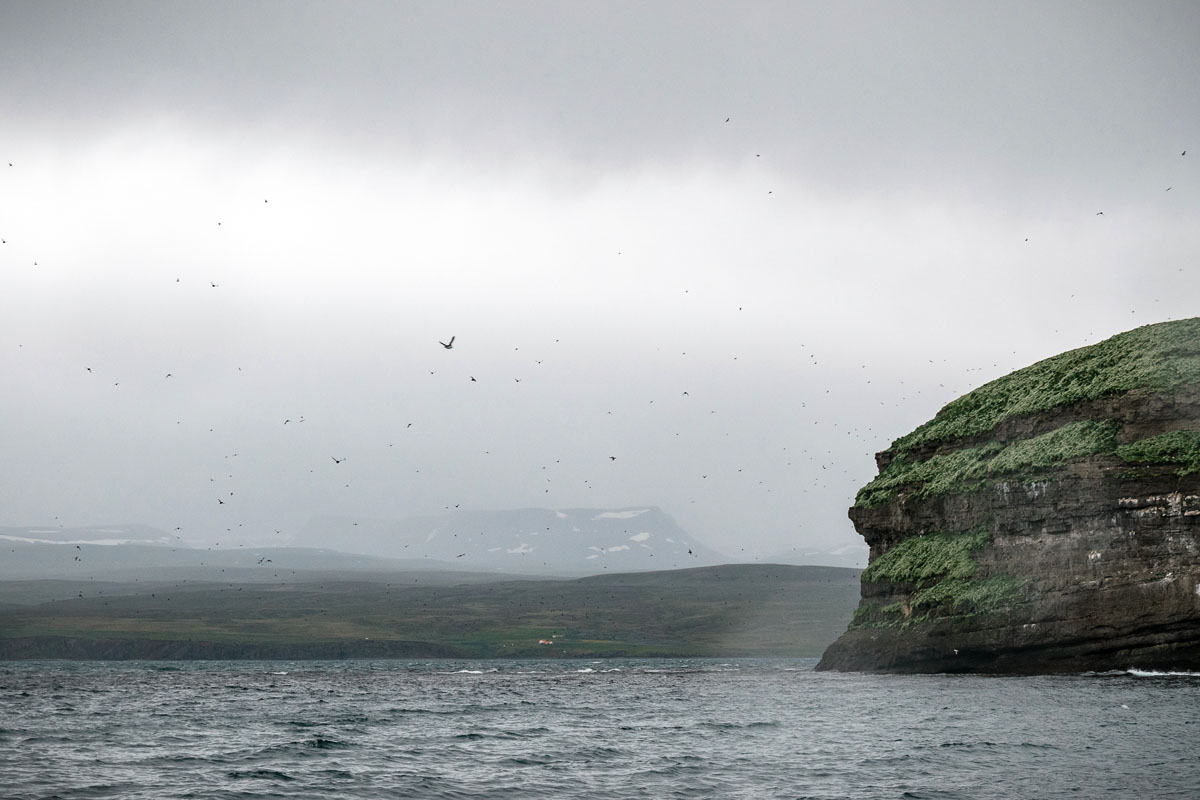
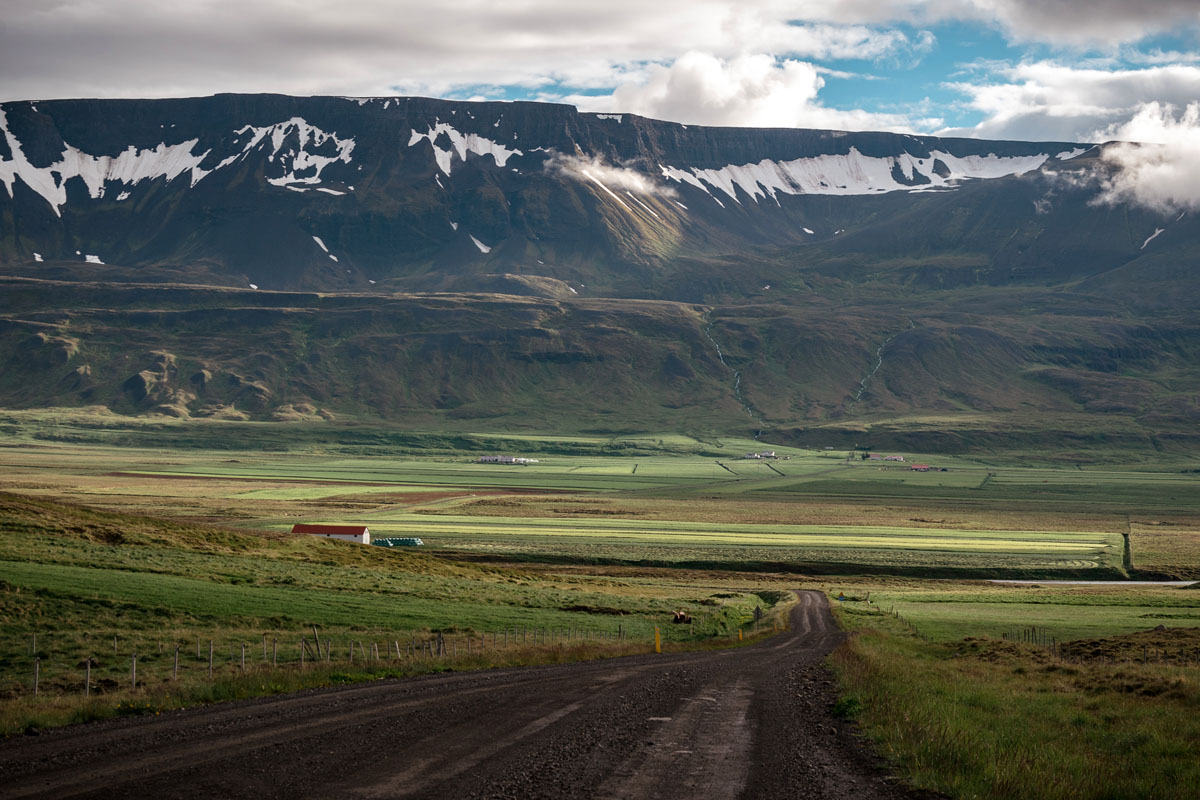
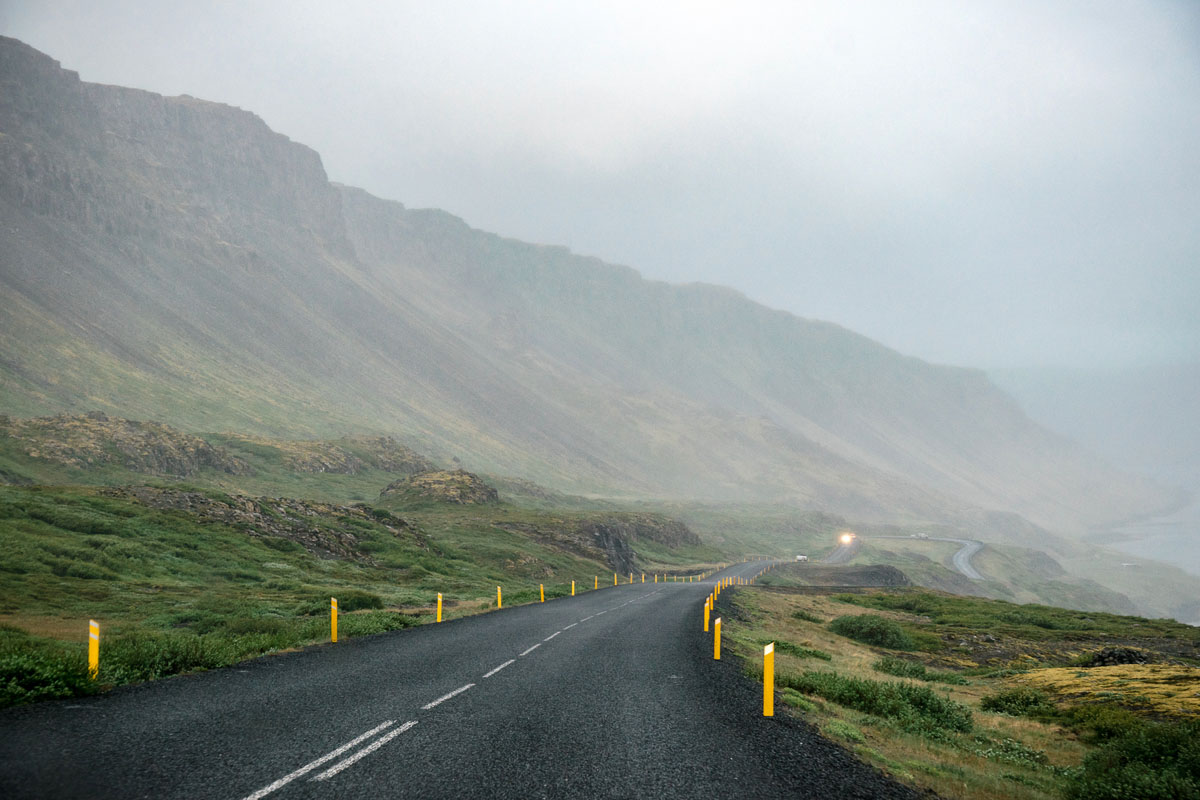
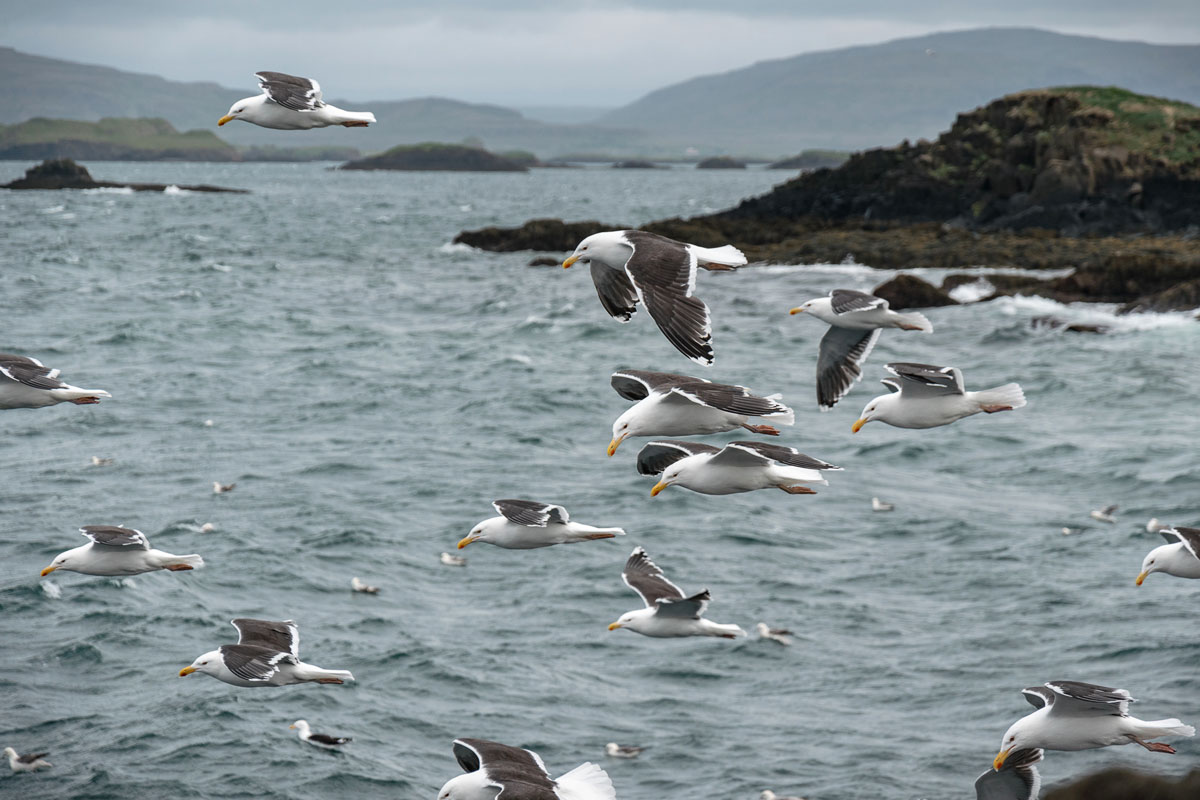
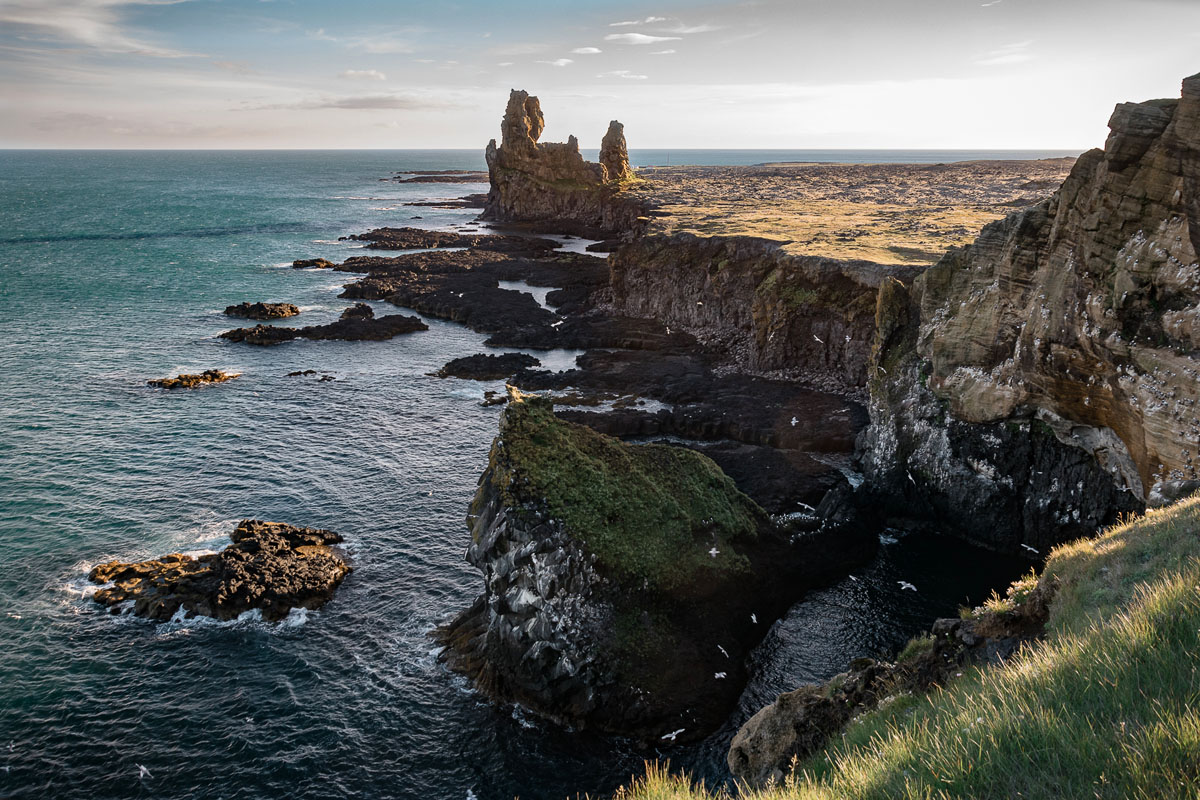








Comments